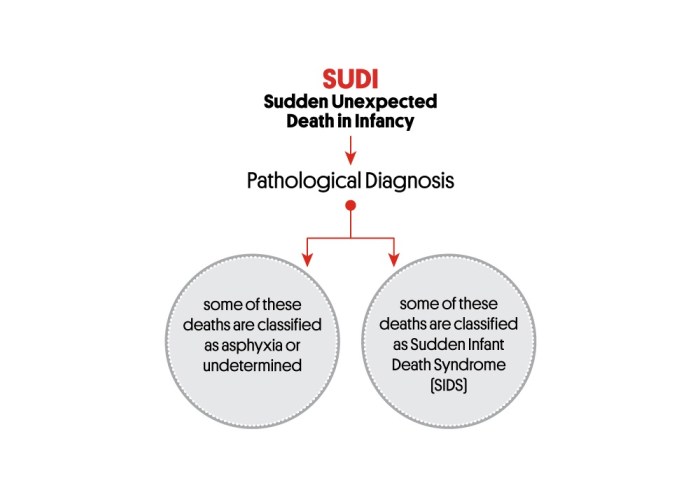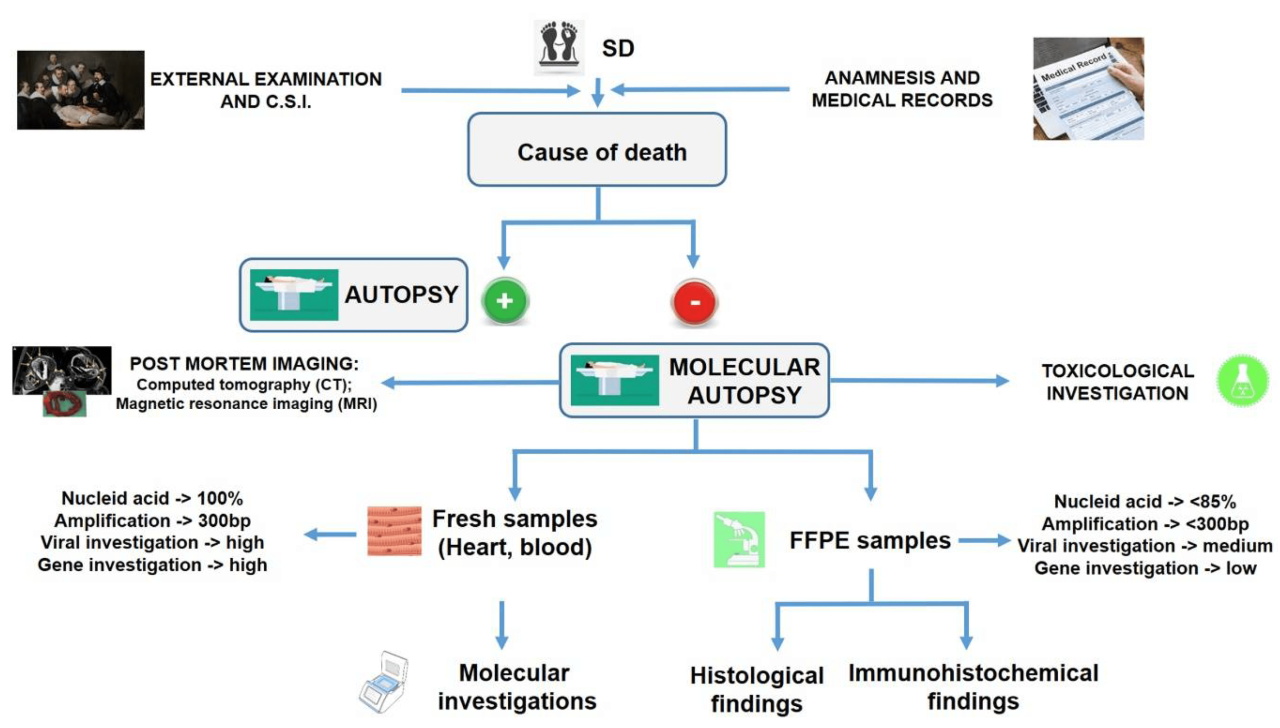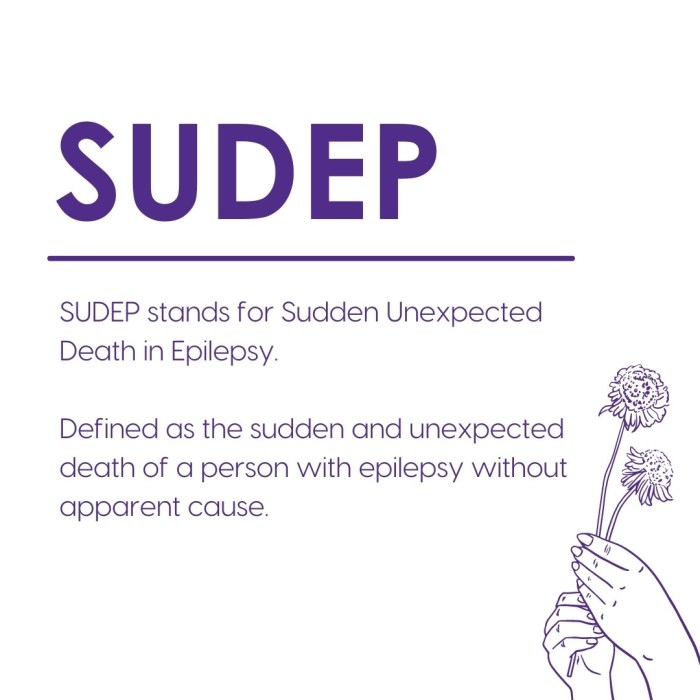SUD medical abbreviation, standing for Substance Use Disorder, delves into the realm of healthcare, unraveling the complexities of addiction and its impact on individuals and society. This comprehensive guide navigates the definition, types, causes, consequences, diagnosis, treatment, and prevention of SUDs, providing an in-depth understanding of this prevalent issue.
The content of the second paragraph that provides descriptive and clear information about the topic
Definition and Meaning of SUD Medical Abbreviation

The medical abbreviation SUD stands for Substance Use Disorder, a term used to describe a range of conditions characterized by the compulsive use of substances despite negative consequences.
SUDs are classified as mental disorders and can involve the use of alcohol, illicit drugs, or prescription medications. They are characterized by a pattern of continued use despite harmful consequences, such as impaired relationships, job loss, or health problems.
Usage of SUD in Medical Documentation
In medical documentation, SUD is used to indicate a diagnosis of Substance Use Disorder. It is typically documented in a patient’s medical history and can be used to guide treatment decisions.
Types of SUDs

Substance use disorders (SUDs) encompass a wide range of conditions characterized by compulsive substance use despite negative consequences. Different types of SUDs are distinguished based on the specific substance involved, its effects on the individual, and the diagnostic criteria.
The Diagnostic and Statistical Manual of Mental Disorders (DSM-5) classifies SUDs into the following categories:
Alcohol Use Disorder
- Persistent alcohol use leading to significant impairment or distress
- Symptoms include: tolerance, withdrawal, cravings, and continued use despite problems
- Associated substances: Ethanol (alcohol)
Cannabis Use Disorder
- Problematic cannabis use resulting in significant impairment or distress
- Symptoms include: tolerance, withdrawal, cravings, and continued use despite problems
- Associated substances: Tetrahydrocannabinol (THC)
Opioid Use Disorder
- Compulsive use of opioids leading to significant impairment or distress
- Symptoms include: tolerance, withdrawal, cravings, and continued use despite problems
- Associated substances: Heroin, fentanyl, oxycodone, hydrocodone
Cocaine Use Disorder
- Problematic cocaine use resulting in significant impairment or distress
- Symptoms include: tolerance, withdrawal, cravings, and continued use despite problems
- Associated substances: Cocaine
Stimulant Use Disorder
- Compulsive use of stimulants leading to significant impairment or distress
- Symptoms include: tolerance, withdrawal, cravings, and continued use despite problems
- Associated substances: Amphetamine, methamphetamine
Hallucinogen Use Disorder
- Problematic hallucinogen use resulting in significant impairment or distress
- Symptoms include: hallucinations, delusions, disorganized thinking, and continued use despite problems
- Associated substances: LSD, psilocybin, mescaline
Sedative, Hypnotic, or Anxiolytic Use Disorder
- Compulsive use of sedatives, hypnotics, or anxiolytics leading to significant impairment or distress
- Symptoms include: tolerance, withdrawal, cravings, and continued use despite problems
- Associated substances: Benzodiazepines, barbiturates
Inhalant Use Disorder
- Problematic inhalant use resulting in significant impairment or distress
- Symptoms include: intoxication, hallucinations, delusions, and continued use despite problems
- Associated substances: Volatile solvents, aerosols
Polysubstance Use Disorder
- Compulsive use of multiple substances leading to significant impairment or distress
- Symptoms vary depending on the substances involved
- Associated substances: Combinations of different types of substances
Causes and Risk Factors for SUDs: Sud Medical Abbreviation
Substance use disorders (SUDs) are complex conditions influenced by a combination of biological, psychological, and social factors. Understanding these factors is crucial for effective prevention and treatment strategies.
Biological Factors
Genetic predisposition plays a significant role in SUDs. Studies have shown that individuals with a family history of addiction are more likely to develop SUDs themselves. Specific genes have been linked to increased susceptibility to substance use and dependence.Brain chemistry also contributes to SUDs.
Individuals with SUDs often have alterations in neurotransmitter systems, particularly those involving dopamine and serotonin. These neurotransmitters are involved in reward and pleasure pathways, and their disruption can lead to cravings and compulsive substance use.
Psychological Factors
Mental health disorders are common among individuals with SUDs. Conditions such as anxiety, depression, and trauma can increase the risk of developing a SUD as individuals may use substances to cope with negative emotions or experiences.Personality traits can also contribute to SUDs.
Impulsivity, sensation-seeking, and difficulty regulating emotions are associated with an increased risk of substance use and dependence.
Social Factors
Environmental influences play a significant role in SUDs. Exposure to substance use in the family or peer group can increase the likelihood of developing a SUD. Socioeconomic factors, such as poverty, unemployment, and lack of access to education and healthcare, can also contribute to SUDs.
Modifiable and Non-Modifiable Risk Factors
Some risk factors for SUDs are modifiable, meaning they can be changed or influenced. These include environmental factors, such as exposure to substance use, and psychological factors, such as coping mechanisms and emotional regulation skills.Other risk factors are non-modifiable, such as genetic predisposition and mental health disorders.
However, understanding these non-modifiable risk factors can help individuals and healthcare professionals identify those at high risk and implement appropriate prevention and intervention strategies.
Consequences and Impact of SUDs
Substance use disorders (SUDs) have a profound impact on individuals, families, and communities, leading to a range of negative consequences.
Physical Consequences
- Organ damage (e.g., liver, heart, lungs)
- Increased risk of infectious diseases (e.g., HIV, hepatitis)
- Malnutrition
- Sleep disturbances
- Overdose
Mental Consequences
- Addiction
- Depression
- Anxiety
- Psychosis
- Suicidal thoughts and behaviors
Social Consequences
- Relationship problems
- Job loss
- Homelessness
- Criminal activity
- Social isolation
Economic and Societal Burden
SUDs impose a significant economic and societal burden, including:
- Healthcare costs
- Lost productivity
- Crime
- Social welfare costs
Diagnosis and Assessment of SUDs
Substance use disorders (SUDs) are complex conditions that require careful diagnosis and assessment. The process involves a comprehensive evaluation of the individual’s substance use patterns, physical and mental health, and social and environmental factors. Healthcare professionals play a crucial role in identifying and evaluating SUDs, utilizing a combination of screening tools, clinical interviews, and laboratory tests to gather the necessary information.
Screening Tools
Screening tools are brief questionnaires or interviews designed to identify individuals who may be at risk for or have an SUD. These tools are often used in primary care settings or other healthcare settings to identify individuals who need further evaluation.
Examples of commonly used screening tools include the CAGE questionnaire, the AUDIT (Alcohol Use Disorders Identification Test), and the DAST (Drug Abuse Screening Test).
Clinical Interviews
Clinical interviews are conducted by healthcare professionals to gather detailed information about the individual’s substance use, medical history, and mental health. The interview typically involves questions about the frequency and amount of substance use, the duration of use, the consequences of use, and any attempts to quit or reduce use.
The healthcare professional may also ask about the individual’s family history of substance use, any co-occurring mental health conditions, and any social or environmental factors that may be contributing to the SUD.
Laboratory Tests, Sud medical abbreviation
Laboratory tests can be used to confirm a SUD or to rule out other medical conditions that may be contributing to the symptoms. Common laboratory tests used in SUD assessment include blood tests, urine tests, and hair tests. These tests can detect the presence of drugs or alcohol in the body and can help to determine the extent of use.
Treatment and Management of SUDs
Treatment for substance use disorders (SUDs) involves a comprehensive approach that addresses the physical, psychological, and social aspects of the condition. The goal of treatment is to help individuals achieve abstinence from substance use, improve their overall health and well-being, and prevent relapse.
Medication
Medications can be used to manage withdrawal symptoms, reduce cravings, and prevent relapse. Common medications used in SUD treatment include:
- Methadone and buprenorphine: Opioid agonists that reduce cravings and withdrawal symptoms.
- Naltrexone: An opioid antagonist that blocks the effects of opioids.
- Acamprosate: A medication that helps reduce cravings for alcohol.
- Disulfiram: A medication that causes unpleasant side effects when alcohol is consumed.
Therapy
Therapy is a crucial component of SUD treatment. It helps individuals understand the underlying causes of their substance use, develop coping mechanisms, and learn new ways to manage their behavior.
Common types of therapy used in SUD treatment include:
- Cognitive-behavioral therapy (CBT): Focuses on changing negative thoughts and behaviors related to substance use.
- Motivational interviewing: Helps individuals explore their ambivalence about change and build motivation for recovery.
- Family therapy: Involves family members in the treatment process to address the impact of SUDs on the family system.
Support Groups
Support groups provide a safe and supportive environment for individuals in recovery. They offer opportunities for sharing experiences, encouragement, and practical advice.
Common support groups for SUDs include:
- Alcoholics Anonymous (AA)
- Narcotics Anonymous (NA)
- SMART Recovery
Lifestyle Interventions
Lifestyle interventions focus on improving overall health and well-being, which can support recovery from SUDs. These interventions may include:
- Exercise
- Healthy diet
- Stress management
- Sleep hygiene
Prevention and Early Intervention for SUDs

Preventing and intervening early in substance use disorders (SUDs) is crucial to reduce their prevalence and impact on individuals, families, and communities. Effective prevention strategies focus on educating individuals, particularly youth, about the risks and consequences of substance use, promoting healthy lifestyles, and fostering resilience.
Importance of Early Intervention
Early intervention is vital as it can help prevent SUDs from developing or progressing to more severe stages. By identifying and addressing substance use issues early on, individuals can receive appropriate support and treatment, reducing the likelihood of long-term consequences such as addiction, health problems, and social difficulties.
Community-Based Programs
Community-based programs play a significant role in preventing and addressing SUDs. These programs provide education, support, and resources to individuals and families affected by substance use. They may offer counseling, support groups, peer support networks, and outreach services to engage individuals who may be hesitant to seek help.
School-Based Initiatives
School-based initiatives are crucial for educating youth about the risks and consequences of substance use. These initiatives can include curricula that cover topics such as drug awareness, decision-making skills, and healthy coping mechanisms. Additionally, schools can provide counseling and support services to students who may be struggling with substance use or related issues.
Last Recap
In conclusion, SUD medical abbreviation encompasses a multifaceted understanding of Substance Use Disorders, highlighting their profound impact on health, well-being, and societal fabric. By shedding light on the causes, consequences, and effective interventions, this guide empowers individuals and healthcare professionals to address SUDs with compassion, evidence-based practices, and a commitment to recovery.
General Inquiries
What is the full form of SUD?
SUD stands for Substance Use Disorder.
What are the different types of SUDs?
SUDs can be classified into various types based on the substance used, such as alcohol use disorder, opioid use disorder, and cannabis use disorder.
What are the risk factors for developing a SUD?
Risk factors for SUDs include genetic predisposition, mental health disorders, environmental influences, and social factors.
What are the consequences of SUDs?
SUDs can have severe physical, mental, and social consequences, including health problems, relationship issues, and financial difficulties.
How are SUDs treated?
Treatment for SUDs involves a combination of medication, therapy, support groups, and lifestyle interventions tailored to the individual’s needs.